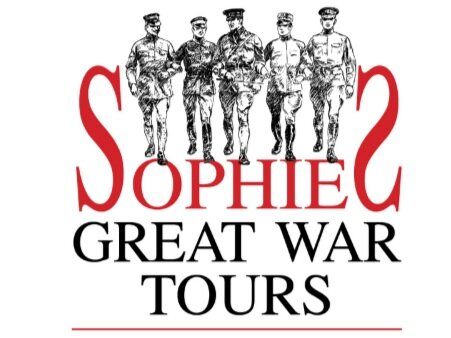The Czech Republic, particularly Prague, has some deeply sobering WWII history.
Operation Anthropoid & the Heydrich Assasination
Heydrich was a principal architect of the Holocaust and served as the acting Reich Protector of the Protectorate of Bohemia and Moravia. In late 1941, two Czechoslovak soldiers, Jozef Gabčík and Jan Kubiš who had been training in the UK, parachuted into occupied Czechoslovakia to carry out the assassination. On 27th May 1942, they ambushed Heydrich's car in Prague. Gabčík's submachine gun jammed, but Kubiš threw a modified anti-tank grenade, injuring Heydrich. He succumbed to his wounds on 4th June 1942. The Nazis responded with brutal reprisals, including the destruction of the villages of Lidice and Ležáky, and the execution of thousands of Czechs. The assassins and their collaborators took refuge in the Church of Saints Cyril and Methodius in Prague. After a fierce standoff on 18th June, the remaining resistance fighters died, either in combat or by suicide.
Prague is a fine city and there is much to enjoy. With Anthropoid in mind, visits should include:
Church of Saints Cyril and Methodius: Visit the crypt where the paratroopers made their last stand against the Nazis - a deeply moving place.
Prague Castle during the Protectorate: Under Nazi occupation, Prague Castle was the seat of the Reichsprotektor. You can visit and reflect on how the grand seat of Czech kings was co-opted by the occupiers.
Jewish Quarter: Despite much of the area being destroyed, your tour guide will ensure the memories of those persecuted will not be forgotten. Don’t miss seeing a part of the original ghetto wall.
Gestapo Headquarters: Located on Politických vězňů Street. Once a place of terror and torture by the Gestapo, the basement cells are sometimes open for tours or memorial visits.
Terezín (Theresienstadt) Concentration Camp: An hour from Prague by train, this fortress town was turned into a Nazi camp. This camp was used in Nazi propaganda as a "model" Jewish settlement, but in reality, over 33,000 people died here, and 88,000 were deported to Auschwitz and other death camps.
Lidice Memorial: 30 minutes from Prague, this was the town that was raised to the ground in reprisal for Heydrichs assasination. Today it's a memorial site and museum, haunting and peaceful, with outlines of the original buildings and statues honoring the murdered children.
Winton Children Farewell Memorial: Inside the station is a statue to British diplomat Nicolas Winton who oversaw the extraction of hundreds of Jewish children from Prague to safety in the UK.
Contact the team to arrange a magical trip to a wonderful city, combined with sightseeing, foodie experieces, and of course, honouring those that lost their lives in the defence of freedom.




